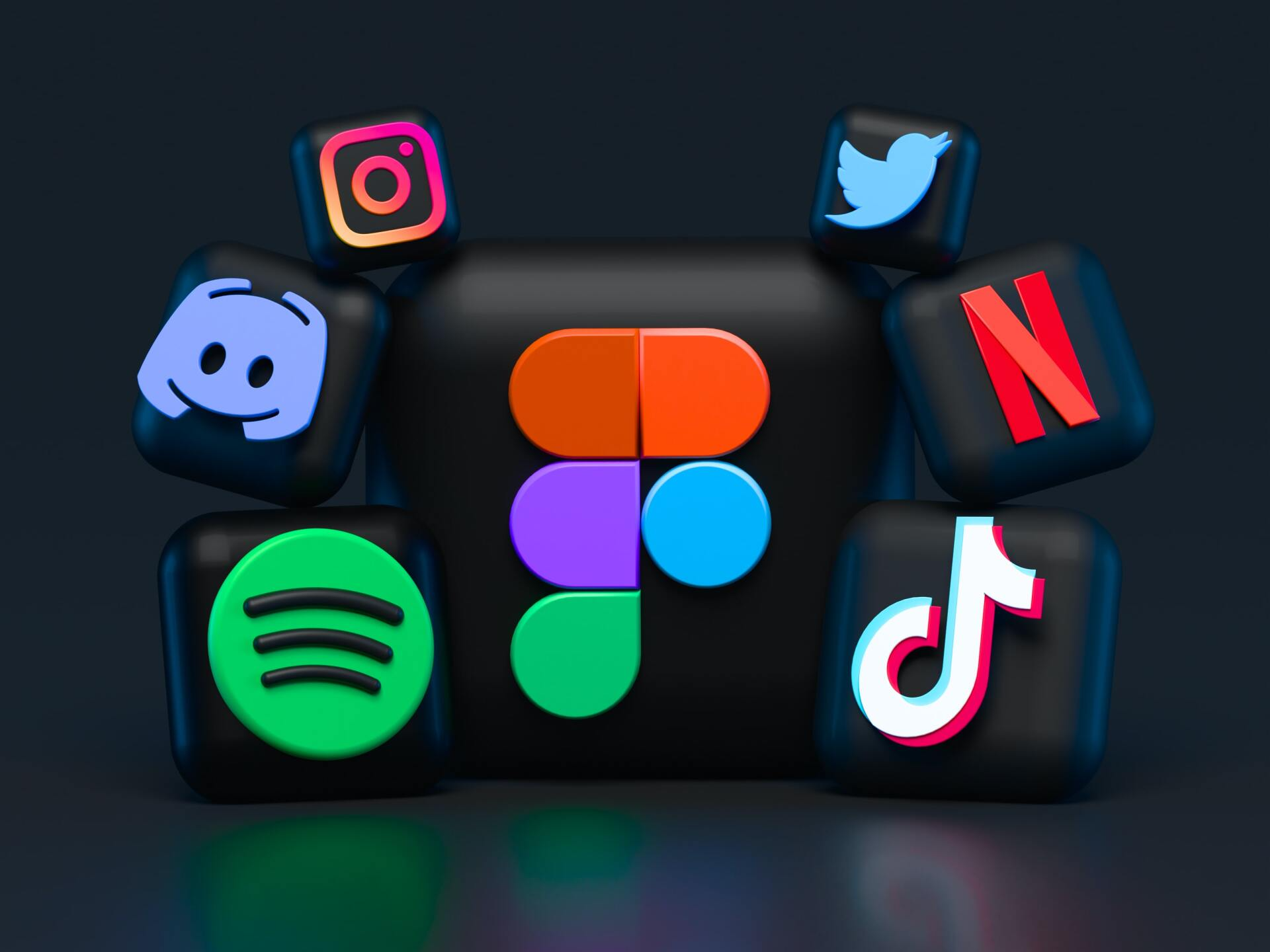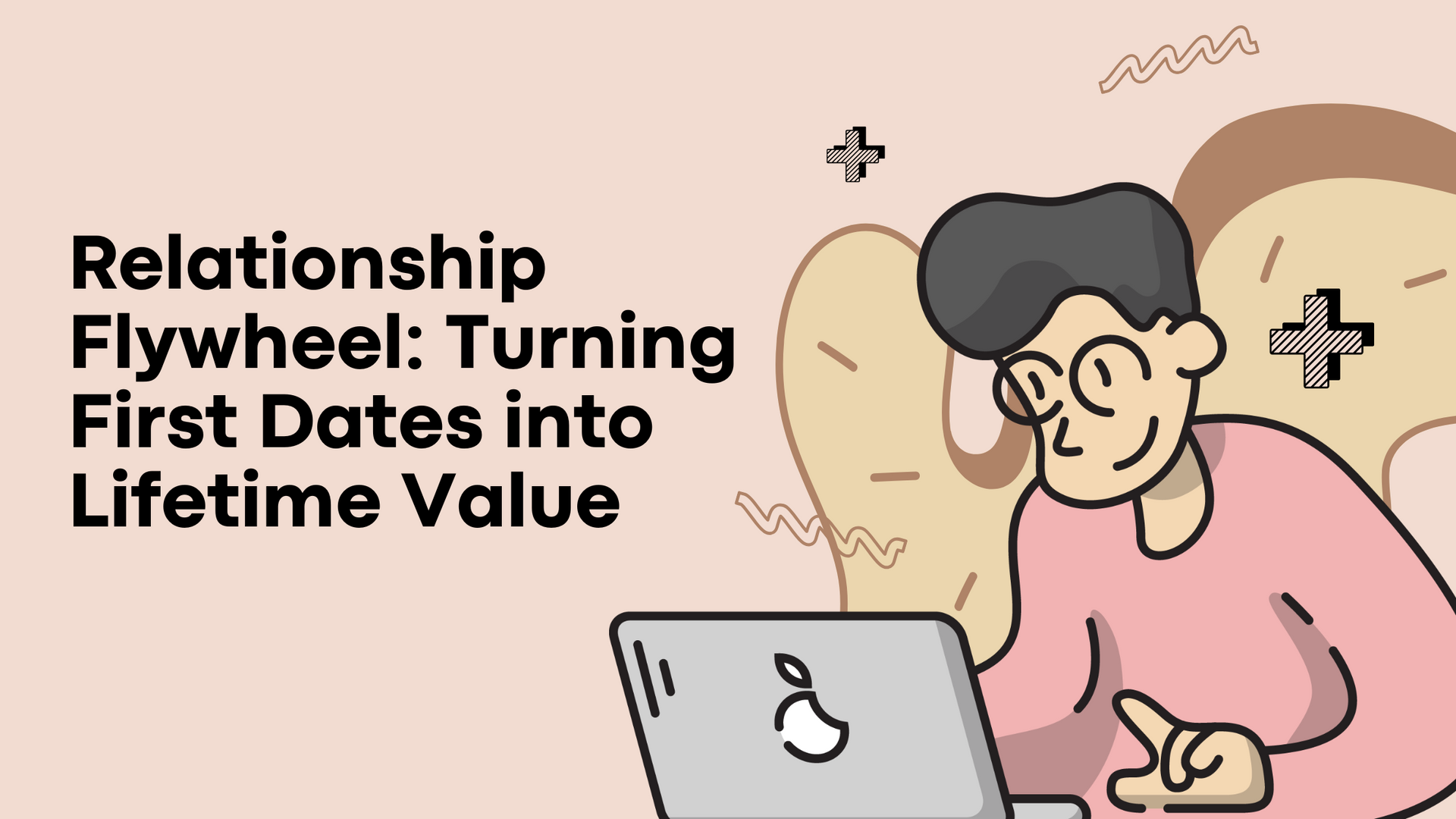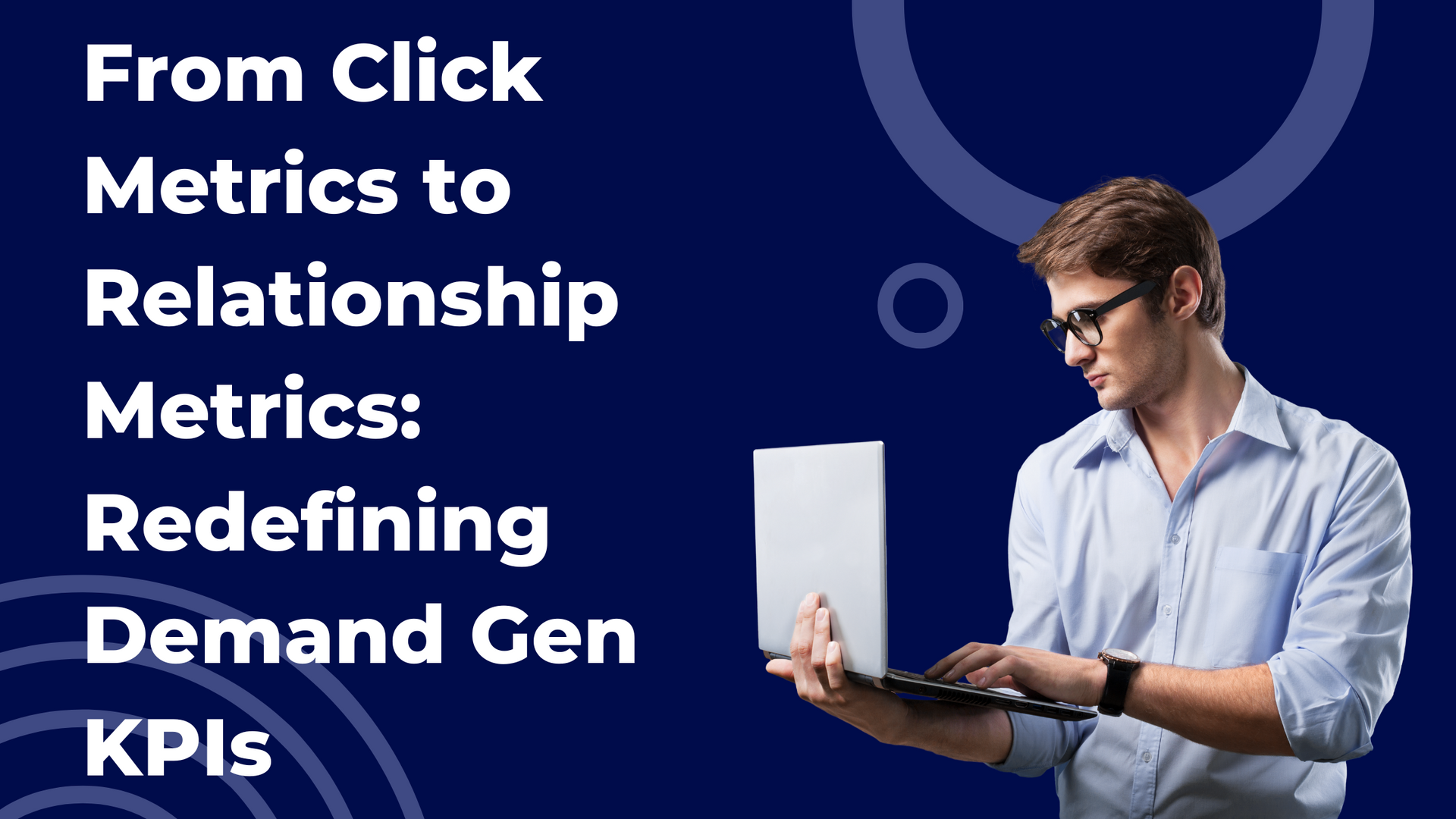Building a Social Media Digital Footprint Part 1.

Part 1
– an interview with Brandon Falcon of Falconics Inc.
Today we begin a series with Brandon Falcon of Falconics Inc., as we discuss the process of moving into a digital environment and creating a footprint for growth. This series is designed to provide some expert tips on how to make the most impact with your social media strategy during a period of intense growth within the digital arena.
Brandon is CEO of Falconics Inc., a multi-purpose provider of digital content and services including website design, social media management, organic and paid social media, and strategic planning.
Danna
As an expert in social media and digital marketing Brandon, can you give us a little bit of an overview of where we have come over the last 14 months and the impact that has taken place when it comes to digital marketing?
Brandon
Definitely, I think we all sort of know, or especially anyone in the business realm who previously were able to live off of foot traffic and word of mouth in the past that things have definitely changed. The need to utilize different digital means, social media, SEO services, even having a website that was optional previously is now a necessity.
The last 14-plus months have shown us the necessity behind incorporating a digital strategy into our marketing plan. Businesses that jumped on the bandwagon early or already had a strategy in place have thrived and grown during this pandemic. It’s more important than to have a digital footprint in place because things are not going to go back to business as usual. I think it’s just going to get more robust and require more, which is going to put more competition in the market. So we’ve definitely seen a lot of that happening already. As I said, the ones that we’ve seen success with have jumped on board if they weren’t already on board, and they’ve doubled down since then and really just pushed forward, understanding that their customers are now digital, and for the most part, we’re not gonna go away from that.
Danna
Well, I’ll tell you what, as a business growth strategist mysel f, pre-Covid, a great deal of my business, probably 80%, came from one-on-one integration with the client, through networking groups with referrals and partnering. I did do some virtual training, but not near what I’m doing now. So, if there are businesses out there that have come from the same point that I did, and if they’re asking themselves, is social media marketing going to really help me? What would be your response to that?
Brandon
Yeah, definitely. I think the issue has been that we’ve been so used to using word of mouth and face-to-face interaction as the primary conduits for generating new leads and business, especially with small and medium-sized businesses. Covid-19 has somewhat staunched our ability to rely on these channels, forcing businesses to turn to social media and digital marketing efforts to grow the brand.
We’re seeing a lot of people looking for reviews, testimonials, to build a story digitally to address the buying journey, like “What do I anticipate to experience going through where we’re working with the brand and such.”
What I tell a lot of brands to make sure you paint a clear story. and I know you do that [MarketAtomy], obviously, you teach brands and how relationships are so important to ensure that they paint that beautiful message through their social media and digital efforts. Gone are the days when we could use our social platforms for just a commercial type of enterprise-looking brand like “Here’s our most recent press release”, “Here is our most recent blog.” Now, the social profiles are living breathing communication channels for showing behind the scenes what it’s like working with our brand, what our customers have to say, and giving a more in-depth personal experience.
Really, the brands that are taking advantage of this and realizing these platforms are no longer just a place to dump unnecessary data, are realizing the importance of showcasing who you are digitally. They are the ones that are really grabbing the ball and just running with it.
Danna
So, in other words, what you want to do is instead of just touting your own horn, what you’re trying to do is develop that relationship to where they’re going to grab on to the information that you’re sharing, which could be valuable to them, and they realize, OK, maybe this is somebody I want to follow or like, and see what else they have to say, right?
Brandon
Yeah, the root of it is establishing relationships. It’s taking that existing relationship that was once done in person and over the phone, and expanding it to include a larger footprint digitally.
Danna
And can you overdo that? Can you overdo the messaging out there? Can you over-do the amount of work that you put into your digital marketing efforts?
Brandon
Yeah, I think a lot of brands get caught up in feeling that they have to explain everything. One of the things I like to recommend is don’t focus on explaining it, focus on bringing value through those channels and showing more SEO versus saying, “This Is How We Do It.” What I explain to my customers is to literally show them either in video or a simplified graph with one to three steps of what you want to say.
Danna
Can you give me an example, without giving names, of what you’re talking about here as far as developing that story or that brand and carrying them through?
Brandon
Yeah, definitely. We’ll call it ABC Plumbing. Let’s say ABCs Plumbing’s goal is to acquire 10 leads a week, for instance. What we would want to do is make sure both our organic social, which is what we post on our profiles, tells a story that matches the buying cycle that your customers go through. If you know your customer typically sees your brand and makes it purchase within four to six weeks, your social profile should reference the journey your customers should have in four to six-week cycles, and where we recycle and start over. Chances are, if they are interested, they’re going to pop to the profile, they’re going to scroll a little bit and look at things, and you want it to be able to tell a story as they scroll through. If you have multiple types of clients maybe you offer plumbing services and products, for instance, you want to make sure both are incorporated, so now you’re going to have to overlay two different messages. Maybe posting twice a day, one directed to each audience consistently. Again, that’s just the organic side, the paid side of it, on the other end, where we’re generating leads from, takes a little bit further. It allows for a little bit more control of our incoming traffic or incoming needs, but it allows us to introduce our brand to people that have never seen us before versus people that have already heard of us, and we’re just trying to guide them through our journey.
Danna
Right, so on the organic side, there’s not really a cost to that other than if they hire somebody professionally to do it. But on the paid side, you’re talking about pay-per-click, advertising, things like that, right.
Brandon
Yes, there is a differentiation. The organic side requires just a post, no cost involved unless you are working with a digital marketing specialist to help with your efforts. The paid side of it includes the dollars spent on ads or boosting. A lot of times, once you identify the buying cycle and the requirements taken to acquire a new customer, it actually becomes rather affordable once you figure all that out. It’s the unknown that scares people at first…
Danna
Right, exactly. And with that being said, now let’s talk a little bit about the ROI and the average cost that we can look at, especially when we start with a brand-new company, that knows that they have to get involved in social media and putting themselves out there. Is there an average cost that should be put aside for social media?
Brandon
Yeah, definitely, that’s a good question. So obviously, a little loaded because every brand is different. Ask yourself what the goal is with your social media efforts. Is it lead generation, is it just building our audience, or is it to actually sell a product or service.
Generally, if the business is rather new, say within the first year and they are just getting off the ground, they have a very little budget. We coach them on how to handle the organic content and how to save them the time and energy on their social media efforts. There’s no need to necessarily spend lots of dollars when you’re just getting off the ground. The goal is to develop a solid plan. So we can come in a lot of times and coach them on that plan based on their goals. We usually do recommend things like SEO, which is helping people getting noticed on Google. Most individuals don’t understand that marketing efforts won’t pop up until you put content out there which they are unfamiliar with. A lot of times we do it for them because we can do it quicker, we do a lot of it.
The flipside is the social ads, which is typically where I start people at getting their social media running. We explore who the company is attracting with their organic content. We work with them by running the ads and helping them generate and fill that funnel of potential customers and such, which helps to build that foundation right off the bat.
Once you’re a little more established, we move into a board of a unified solution where we’re assisting on the organic posts, the added purchasing on either Google, Facebook, Instagram, etc. We usually compile that together and then coming back with email marketing landing pages. It’s pretty much a full-blown robust solution that handles a little of all the above. No one can forecast and control the outcome, obviously, but it helps the business once they’re consistently growing. This allows the business owners and leadership to concentrate on doing what they do best.
Danna
Right, right. I think on average, when I first started out, I was spending on average between $25-$30 a month just on organic, just boosting. But now it’s involving more than that now that I am moving into another realm, especially with COVID-19. When you’re first starting out, I agree, you’re still feeling your way through the social media platforms and infrastructure. Learning what works for you and understanding that there is a learning curve involved. If you’re an existing business and you’ve been on the social platforms and you’ve developed a little bit of a brand, now you’re ready to start really growing your business, building those lists. What ideas or tips do you have and what are we looking at as an average cost?
Brandon
So, assuming you’re a little bit larger business, again it varies based on the end goal and where you really are in your own business journey. Typically that is where we move into doing something like a unified solution where you have a professional firm handle all the nitty-gritty details and control the influx of business coming in. Obviously, we build complete solutions that help prospects engage with the brand for the first time, and then engage them further either by SMS or by email follow-up or through our social media platforms and such. Most customer journeys require between eight to 12 touchpoints, meaning that we have to engage with a brand 8 to 12 times before they take an action. We try to automate and systematize as much of that as possible so our customers can spend more time on that one or two original interactions, which is a phone call or an in-person meeting that actually seals the deal. That way, they’re not having to spend as much time on those 8 to 12 different simultaneous interactions. They are the closers once the prospect is ready to engage.
It’s hard to put a price on value. When you’re in the early stages, it feels like every dollar spent is a dollar loss. The value comes when you trade time for money. When you realize that your time is more important you realize that by relying on a professional like myself to capture the leads for you, your left to do what you do best. That’s where we have found our sweet spot, helping businesses with lead generation and anywhere between, maybe developing some processes not in place to streamline the conversion process. We can come in and do specific areas and help.
Danna
Right. Well, when you think about the loss of traditional marketing efforts like networking, 1-on-1 meetings, group presentations all this other stuff because of COVID-19, and translate those dollars back into social media marketing, it becomes more feasible. When you think about the fact that you’re going to have to spend the dollars to attract customers in a different way, it makes sense. Understanding that without customers, there is no business, it’s important that you’re marketing yourself and social media and digital marketing is the best way you have right now to get your brand out there and start converting clients.
In our next blog, we will pick up on this interview as we discuss how an integrated approach to digital marketing can increase your exposure exponentially. We will be getting into more detail introducing tips and tools for social media management, and how to make a greater impact through each of the social media platforms in future blogs within this series.
MarketAtomy, LLC is a growth development-learning environment for small and medium business owners with one goal in mind…to empower them with the tools and knowledge needed to build their business on a rock-solid foundation. Through foresight and fortitude, entrepreneurial dreams become a reality. For more information, please visit marketatomy.com. Visit MarketAtomy.Academy to find out about the only Learning Management System developed for early-stage business growth.




